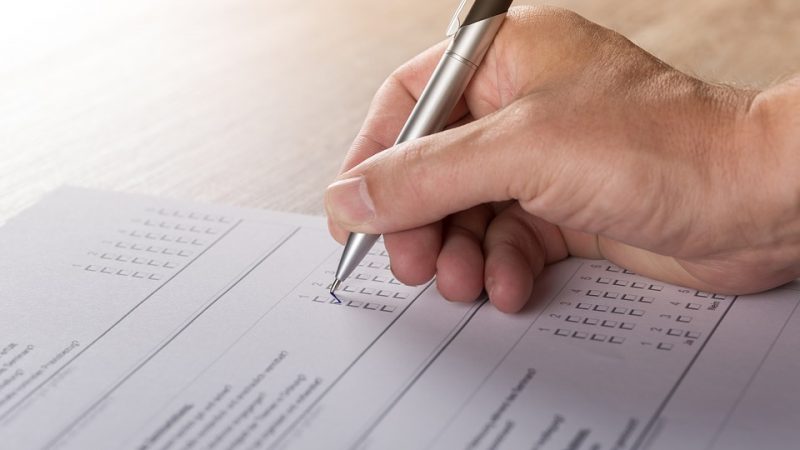| Cities and towns frequently change their boundaries by annexation and sometimes by deannexation. These new boundaries will usually change the population of the town because people live in the annexed areas. In order for a town’s population estimates to be correct, the Census Bureau needs to know the correct boundaries. Between decennial censuses, the Bureau conducts a survey of towns and cities, asking for new information about boundary changes that may have happened.
The Boundary and Annexation Survey (BAS) collects information about the inventory of the legal boundaries for and the legal actions affecting the boundaries of:
• Counties
• Incorporated places
• Minor civil divisions (for states that have this kind of active governmental unit)
• Federally recognized legal American Indian areas.
This information is used for
• Conducting the decennial and economic censuses
• Ongoing surveys
• Preparing population estimates
• Supporting other statistical programs of the Census Bureau
• Other legislative programs of the federal government.
Each government is asked to review materials for its jurisdiction to verify the correctness of the information. Each government is asked to
• Update the boundaries
• Supply information documenting each legal boundary change
• Provide changes in the inventory of governments.
The Census Bureau has a schedule for conducting the BAS:
1. Counties and American Indian reservations are included in every survey.
2. In the years ending in 8, 9, and 0, the BAS also includes all incorporated places.
These three years coincide with the Census Bureau’s preparation for the decennial census.
3. In the years ending in 1, 3, 4, and 6, the BAS includes only incorporated places that have a population of 5,000 or greater.
4. In the years ending with 2 and 7, the BAS includes incorporated places that have a population of 2,500 or greater.
In addition, the Census Bureau will include in the BAS each newly incorporated place in the year following notification of its incorporation.
In the years ending with 1 through 7, the Census Bureau will make boundary changes to places with populations smaller than 5,000 if the county indicates those changes on its returned BAS forms. In some cases, the Census Bureau has entered into agreements with individual states to modify the universe of incorporated places to include additional entities that are known in that state to have had boundary changes, without regard to population size. That is, for certain states, the state notifies the Census Bureau about boundary changes, no matter how large or small the incorporated place. Georgia has such an agreement with the Census Bureau, but Alabama does not.
No other federal agency collects these data, nor is there a standard collection of this information at the state level.
Method of Collection
A BAS package that includes the following items is provided to each respondent:
1. An introductory letter from the Census Bureau.
2. The appropriate forms.
3. A unique user name and password so respondents can respond electronically via the Internet.
4. A BAS Users Guide.
5. A set of maps.
6. A return envelope and postcards for respondents.
Electronic Data Collection
The Census Bureau has developed an electronic response option. During the 2003 survey, respondents were issued a user name and password and given the opportunity to update the BAS forms via the Internet. During 2003 they also tested an application in a pilot program that allowed respondents to update both their forms and maps using the Internet. The feasibility of that is still under development. The third electronic response option is the Digital BAS. This option will provide a way for governments to submit digital files that represent their boundaries and associated information. This option is also still under development.
Signature Needed
An official in each government is asked to verify the legal boundaries and provide the boundary changes. The official is then asked to sign the materials and verify the forms and return the information to the Census Bureau. In Alabama, unless a town’s highest elected official pays attention to the forms he/she receives, fills them out, and sends them back, no one will ever officially know about or be able to act on any changes that have happened to the boundaries of that town or city. The highest elected official, usually a mayor or a county commissioner, may get help from a city clerk, a city planning department, or a regional planning agency, but the responsibility for signing and returning the forms rests with the local elected official.
For Further Information
Readers can find a complete description of the Boundary and Annexation Survey program in the Federal Register Vol. 60, No. 28, Wednesday, February 11, 2004. You may also visit the Census Bureau’s Boundary and Annexation Survey (BAS) website at http://www.census.gov/geo/www/bas/bashome.html |

